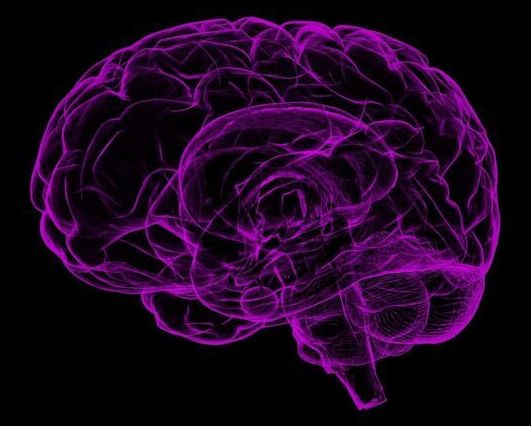“The axons of nerve cells function a bit like a railway system, where the cargo is essential components required for the cells to survive and function. In neurodegenerative diseases, this railway system can get damaged or blocked,” Tasneem Khatib, the study’s first author, explained in a statement. “We reckoned that replacing two molecules that we know work effectively together would help to repair this transport network more effectively than delivering either one alone, and that is exactly what we found.”
Most neurodegenerative diseases are caused by multiple genetic abnormalities, making them difficult to address with gene therapy targeted at single mutations. Astellas is working on a gene therapy that expresses two proteins, and a University of Cambridge team has shown that it holds promise in glau…









Comments are closed.